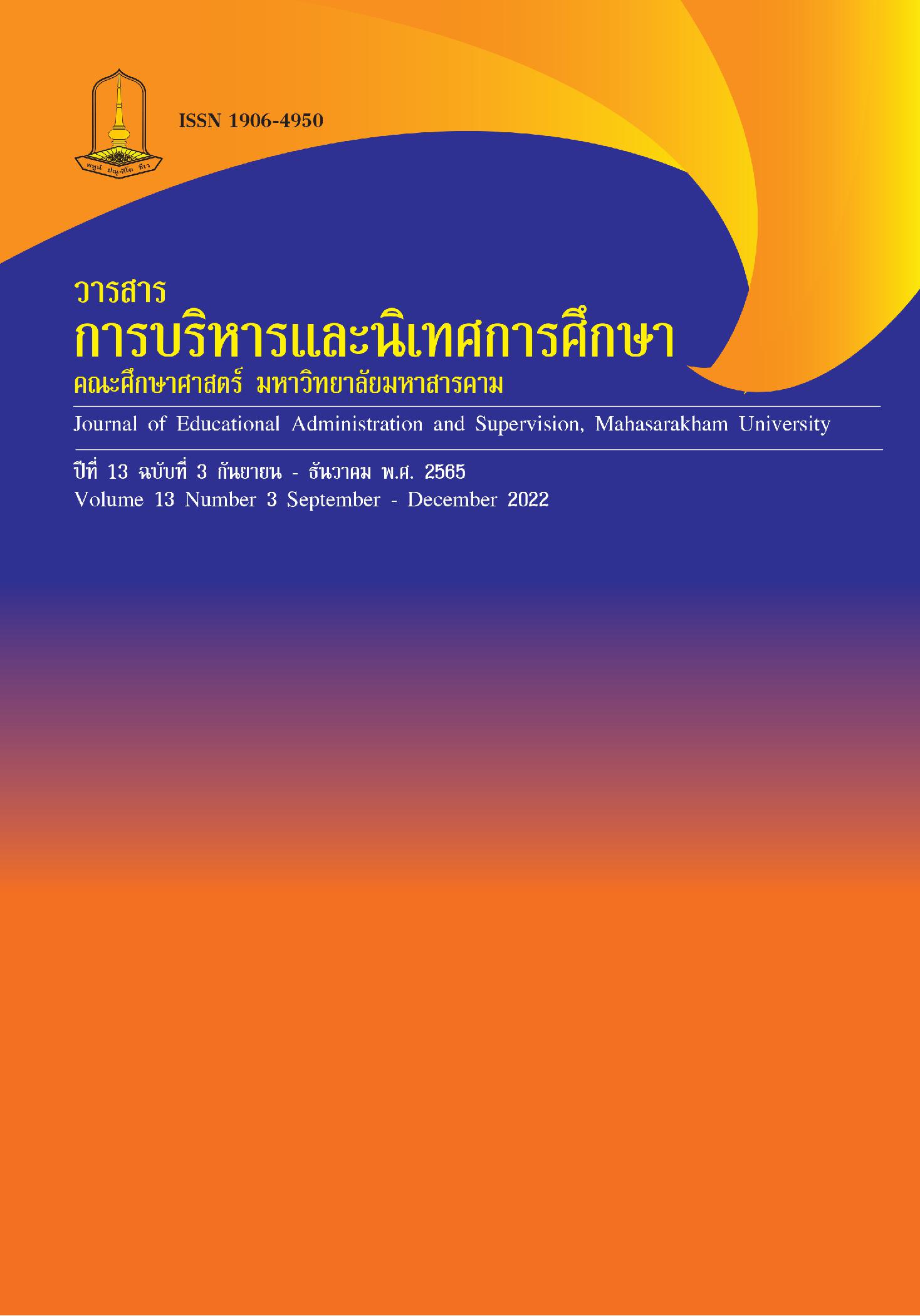The Development Management of OTOP Products Champion Model in Suphan Buri Province
Main Article Content
Abstract
The objectives of this research aim to develop a Five-Star OTOP Product
Champions Management Model in Suphanburi Province and the methodology of this research
is called research and development (R&D). The population group used in the study was the
Five-Star OTOP Product Champions group, consisting of 22 groups and 19 experts from
educational institutions.
The research their regular practice, thus making the products of the group always
maintain the five-star standard. Found ment the five-star OTOP product champion
management model that was developed in Suphanburi province is called the “Suphanburi
Model” and has 10 components: 1) Standard (S) is the preliminary standard for community
products; 2) Universal (U) is the standard for community products that are internationally
accepted; 3) Plan (P) is the business plan for community products; 4) History (H) is the story,
history, and wisdom of the product; 5) Assess (A) is evaluation; 6) Natural (N) is nature;
7) Branch (B) is a branch or network for distributing community products; 8) Unity (U) is the
unity of community product groups; 9) Research (R) is the research process; 10) International
(I) is building relationships between countries through various communication channels; 3.
The results of the model evaluation developed by 10 experts indicate that all experts are in
consensus that the Suphanburi Model, including all 10 components, is consistent and can
be used in systematic management for Five-Star OTOP Product Champions Management
for entrepreneurs in Suphanburi Province.
Downloads
Article Details
References
ดาริน ชูดวงเกียรติกุล ชุลีวรรณ โชติวงษ์ และ ปรีดา อัตวินิจตระการ. (2565). รูปแบบการจัดการสถานประกอบการ OTOP ให้มีคุณภาพเพื่อการแข่งขันทางการตลาด. วารสารวิชาการ มหาวิทยาลัยหอการค้าไทย มนุษยศาสตร์และสังคมศาสตร์, 42(3), 34-58.
ทิชากร เกษรบัว, และฌานนท์ ปิ่นเสม. (2561). กลยุทธ์การพัฒนาผู้ประกอบการสินค้าหนึ่งตบลหนึ่งผลิตภัณฑ์ (OTOP) กลุ่มเบญจบูรพาสู่การค้าชายแดนไทย-กัมพูชา (ด่านอรัญประเทศ)ด้วยการวิเคราะห์ SWOT. วารสารวิชาการคณะบริหารธุรกิจ มหาวิทยาลัยเทคโนโลยีราชมงคลธัญบุรี, 13(2), 51-65.
รัตนา อัตภูมิสุวรรณ์, และธานินทร์ ศิลป์จารุ. (2564). แนวทางการบริหารธุรกิจหนึ่งตบลหนึ่งผลิตภัณฑ์ด้วย วิถีพุทธสู่การพัฒนาอย่างยั่งยืน. วารสารมนุษยศาสตร์และสังคมศาสตร์ มหาวิทยาลัยนครพนม, 11(1), 160-175.
รัชต ไตรมาลัย, พันธ์ศักดิ์ พลสารัมย์ และปรัชญนันท์ นิลสุข.(2562). การพัฒนารูปแบบการบริหารจัดการเพื่อความเป็นเลิศของสถาบันการอาชีวศึกษาเพื่อรองรับการเป็นประเทศไทย 4.0. วารสารครุศาสตร์จุฬาลงกรณ์มหาวิทยาลัย, 47(1), 294-314.
วิกีพีเดีย สารานุกรมเสรี. htp://th.wikipedia.org/wiki (สืบค้นวันที่ 20 เมษายน 2564).
วรวิทย์ พัฒนาอิทธิกุล. บทเรียน E-learning วิชา การโฆษณาและพฤติกรรมผู้บริโภค. (ระบบออนไลน์). แหล่งที่มา http://www.nsru.acth (สืบค้นวันที่ 23 เมษายน 2564).
เสรี พงศ์พิศ. (2546). แผนชีวิต เศรษฐกิจชุมชน. กรุงเทพฯ: ภูมิปัญญาไทย.
เสรี พงศ์พิศ และ สุภาส จันทร์หงษ์ , 2548, ข้อควรรู้เกี่ยวกับวิสาหกิจชุมชน, กรุงเทพฯ: กรมส่งเสริมการเกษตร. ชุมนุมสหกรณ์การเกษตรแห่งประเทศไทย. องค์การบริหารส่วนจังหวัดสุพรรณบุรี. http:/www.suphan.go.th/content-10-182.html (สืบค้นวันที่ 20 เมษายน 2564).
อาทิมา วงษ์สีมาอนันต์, และชมภูนุช หุ่นนาค. (2563). การพัฒนาการท่องเที่ยววิถีชุมชนควบคู่ผลิตภัณฑ์สินค้า OTOP ในอเภอสามพราน จังหวัดนครปฐม. วารสารนวัตกรรมการบริหารและการจัดการ, 8(3), 40-55.


